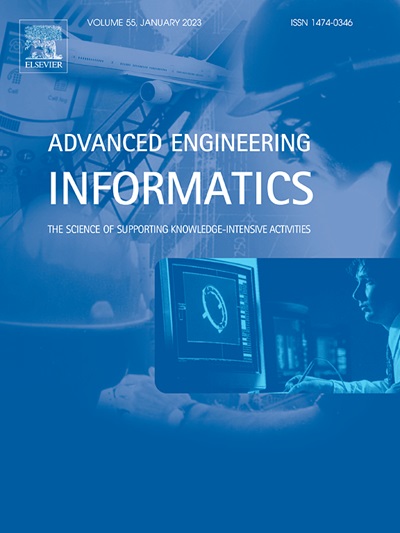Using sociotechnical network modeling to analyze the impact of blockchain for supply chain on the risk of procuring counterfeit electronic parts
IF 8
1区 工程技术
Q1 COMPUTER SCIENCE, ARTIFICIAL INTELLIGENCE
引用次数: 0
Abstract
Safety-critical, mission-critical, and infrastructure-critical systems (e.g., aerospace, transportation, defense, and power generation) are forced to source parts over exceptionally long periods of time from a supply chain that they do not control. Such systems are exposed to the dual risks of the impacts of system failure and the exposure to an unauthorized electronics marketplace over decades. Therefore, critical systems operators, manufacturers, and sustainers, must implement policies and technologies to reduce the risk of obtaining counterfeit parts.
Blockchain technology, as a distributed ledger platform, has shown promise for resolving the issues associated with a lack of trust, transparency in peer-to-peer transactional networks, and compromised supply chains. There are opportunities to apply blockchain for supply chain concepts to mitigate the risks associated with part authenticity in the electronic part supply chain.
This paper introduces a supply-chain blockchain framework resilient to aging (e.g., the loss of involvement of the original component manufacture and its authorized distributors, and loss of part transaction history). An agent-based model is introduced as a novel platform to test the impact of the proposed blockchain framework on supply-chain parties as well as the prevalence of counterfeits in the electronics supply chain. The model can validate the proposed protocol over the entire life cycle of a part (i.e., from active production to discontinuance and beyond) and predict the parties’ adoption rates, and changes in the prevalence of counterfeit parts.
Application of the model to a public participation blockchain based on Ethereum ERC- 721 protocols indicates that the participation level of independent distributors directly affects the efficacy of blockchain in the prevention of transactions containing counterfeit parts. A proposed certification-based blockchain participation approach can be effective if certifications require large enough test accuracy limits and high previous owner certification thresholds.
求助全文
约1分钟内获得全文
求助全文
来源期刊

Advanced Engineering Informatics
工程技术-工程:综合
CiteScore
12.40
自引率
18.20%
发文量
292
审稿时长
45 days
期刊介绍:
Advanced Engineering Informatics is an international Journal that solicits research papers with an emphasis on 'knowledge' and 'engineering applications'. The Journal seeks original papers that report progress in applying methods of engineering informatics. These papers should have engineering relevance and help provide a scientific base for more reliable, spontaneous, and creative engineering decision-making. Additionally, papers should demonstrate the science of supporting knowledge-intensive engineering tasks and validate the generality, power, and scalability of new methods through rigorous evaluation, preferably both qualitatively and quantitatively. Abstracting and indexing for Advanced Engineering Informatics include Science Citation Index Expanded, Scopus and INSPEC.
 求助内容:
求助内容: 应助结果提醒方式:
应助结果提醒方式:


